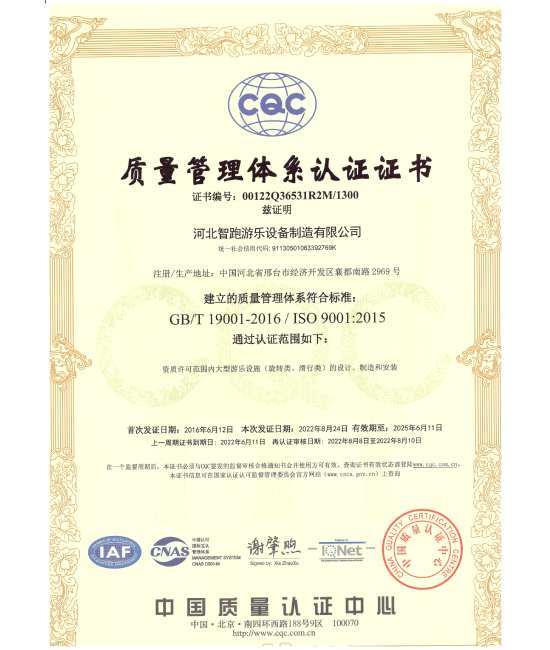- Albanian
- Arabic
- Belarusian
- Bengali
- Czech
- English
- French
- German
- Hebrew
- Hungarian
- Indonesian
- irish
- Italian
- Japanese
- kazakh
- Persian
- Russian
- Thai
- Uzbek
- Vietnamese
Innovations in Roller Coaster Design and Engineering Techniques for Thrilling Experiences
The Engineering Marvel of Roller Coasters
Roller coasters have long captivated the imagination and thrill-seeking spirit of people around the world. These towering structures, often found in amusement parks, combine artistry and engineering to create exhilarating rides that challenge gravity and adrenaline levels. The engineering behind roller coasters is a fascinating blend of physics, safety considerations, and innovative design that ensures a thrilling yet safe experience for riders.
At its core, roller coaster design is rooted in the principles of physics, particularly Newtonian mechanics. Designers must consider concepts such as acceleration, velocity, and the forces of gravity and inertia that riders will experience during a ride. The thrill of a roller coaster comes from the rapid changes in speed and direction, which are meticulously calculated to maximize excitement while maintaining safety. Engineers use mathematical models to predict how the coaster trains will move through the track, allowing them to design elements such as loops, drops, and turns that challenge the limits of both the human body and the laws of physics.
One of the most crucial aspects of roller coaster engineering is the selection of materials. Roller coasters can be constructed from steel or wood, each offering distinct advantages and challenges. Steel coasters tend to provide smoother rides and allow for more complex designs, including inversions like loops and corkscrews. On the other hand, wooden coasters are often celebrated for their classic charm and unique riding experience but can present challenges in terms of maintenance and ride smoothness. Engineers must consider factors like material fatigue and environmental impact when determining the best materials for their designs.
roller coaster engineering

Safety is paramount in roller coaster engineering. Designers must adhere to strict industry standards and regulations, which vary by region but generally require thorough testing and robust safety measures. Each coaster is equipped with multiple safety systems, including locking mechanisms on the restraint harnesses, emergency brakes, and fail-safe measures to prevent accidents. Before a roller coaster opens to the public, it goes through an extensive testing phase where engineers simulate thousands of rides to ensure that every component works as intended. This rigorous process helps to instill confidence in the safety of rides, allowing thrill-seekers to enjoy the experience without undue worry.
Aesthetics and thematic elements are also integral to roller coaster engineering. Many modern coasters are part of larger themed experiences that engage riders' imaginations and heighten the thrill. This could involve dark rides where the coaster elements are integrated into an immersive story or visual spectacle. Designers often work closely with artists and architects to create a smooth blend of engineering and artistry, transforming a simple ride into an unforgettable experience. The visual appeal of roller coasters, with their vibrant colors and dynamic shapes, plays a crucial role in attracting visitors and enhancing the overall atmosphere of the amusement park.
As technology advances, so too does roller coaster engineering. In recent years, innovations such as virtual reality (VR) integration have begun to change how riders experience roller coasters. By adding VR headsets, parks can transport riders to fantastical worlds, completely altering their perception of the ride while maintaining the physical thrill. Additionally, developments in computer-aided design (CAD) software have enabled engineers to create more complex and thrilling layouts than ever before. The future of roller coaster design holds exciting possibilities, including the potential for even more sustainable and environmentally friendly designs.
In conclusion, the engineering behind roller coasters is a remarkable blend of science, art, and innovation. From the foundational physics that dictate how a ride operates to the meticulous attention to safety and aesthetic appeal, roller coaster engineering is a testament to human creativity and technical prowess. As we continue to push the boundaries of what is possible, roller coasters will undoubtedly remain a beloved source of excitement and wonder for generations to come. Whether through soaring heights or dizzying speeds, the thrill of the ride is a celebration of engineering excellence that captures the spirit of adventure.
-
Flume Ride-Hebei Zhipao Amusement Equipment Manufacturing Co., Ltd.|Thrilling Water Attraction&NIST Safety StandardsAug.01,2025
-
Double Ferris Wheel Sale | Premium Custom RidesJul.31,2025
-
Flume Ride-Hebei Zhipao|Water-Based Attraction, Safety Standards, High-Speed DescentJul.31,2025
-
Flume Ride: Thrilling Water-Based Adventure & Advanced Engineering - Hebei ZhipaoJul.31,2025
-
Flume Ride-Hebei Zhipao Amusement Equipment Manufacturing Co., Ltd.|Thrilling Water Attraction&Customizable DesignJul.30,2025
-
Flume Ride - Hebei Zhipao Amusement Equipment | Water Coaster, Thrilling DescentJul.30,2025
